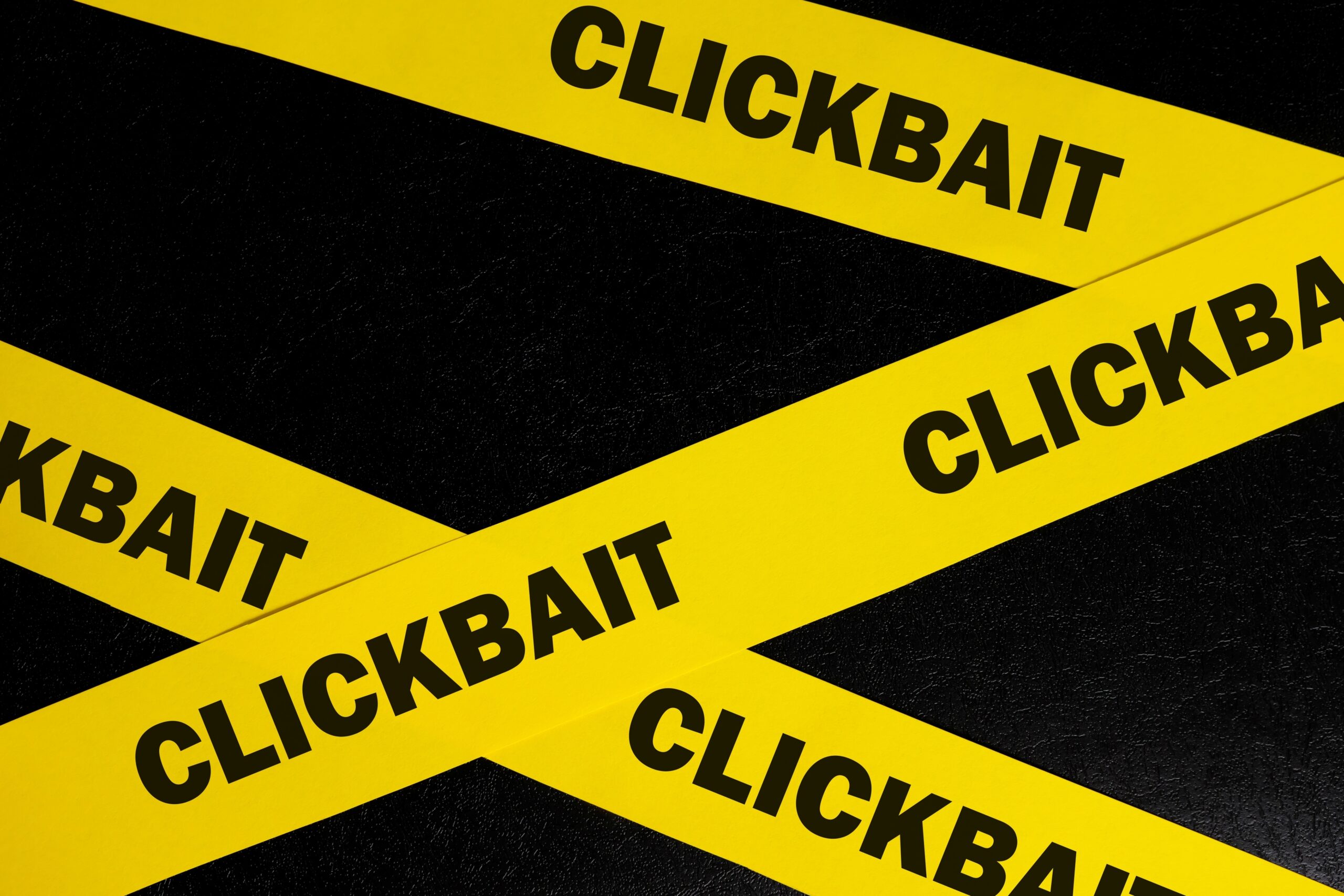Misinformation Lives On Even in Retirement
In case you came across this AARP blog posting today Just How Healthy is Seafood? You should know we did too. And we felt it was a touch light on well facts and science. So, NFIs registered dietitian reached out with the letter you can read below.
In retrospect we found it kind of odd that AARP would join the relatively uninformed, hand-wringing crowd that we find so often in the blogosphere humming rhythmically to themselves while fretting about the dangers of seafood that someone at an environmental outfit once told themrather than just going right to a nutrition expert. Especially perplexing given that AARP recently provided its readers with a 700 word write up on how good fish is for brain health, complete with quotes from real-life medical doctors and researchers.
Todays blog even touches on the hyperbolic PCB myth; not realizing of course that seafood accounts for 9 percent of the PCBs found in the average American diet, while vegetables account for 20 percent. I somehow doubt AARP will soon pen a blog titled Just How Healthy Are Vegetables?
January 18, 2012
Pam Evan
AARP
Sustainability Manager
VIA Email
Dear Pam,
In reading your blog today I understand your confusion about seafood because the media is notorious for scary seafood stories. A recent study from John Hopkins University found that risk messages about fish in the news outweigh benefit messages four to one. Meanwhile, the published studies about the heart and brain benefits of seafood continue to mount. There are few, if any, foods with more scientific evidence supporting their contribution to health. According to preeminent nutrition researcher, Dr. Dariush Mozaffarian of the Harvard School of Public Health, It is striking how much greater both the amount of the evidence and the size of the health effect are for health benefits, compared with health risks. Seafood is likely the single most important food one can consume for good health.
To get clear up confusion and get the science-based message out, please take note of the following facts:
1. The pigment in both wild and farm-raised salmon (as well as most other similarly colored fish like shrimp) comes from the same nutrient, astaxanthin. In the wild, it is found in algae, krill, etc. and works its way up to fish. In aquaculture, it is included as a supplement in the food the salmon eat. Salmon need this nutrient to live and humans benefit from its antioxidant properties as well.
2. The overall effect of eating seafood, traces of mercury and all, has been exhaustively reviewed and the findings are crystal clear: The real risk associated with fish is not eating enough.
According to a new report from the World Health Organization we need to emphasize not only the fact that eating fish reduces your risk of dying from a heart attack, but also not eating fish increases your risk for dying from a heart attack. Similarly, plenty of fish during pregnancy and breastfeeding boosts brain development in babies, and not eating fish means possibly missing out on this brain boost.
Following suit with this guidance, the new 2010 Dietary Guidelines for Americans contain a pointed recommendation for families to increase the amount and variety of seafood they eat each week from 3.5 ounces (current consumption levels) to at least 8 ounces (2-3 servings). The Guidelines specifically recommend pregnant and nursing moms eat no less than 8 and up to 12 ounces (2-3 servings) of seafood each week to boost brain and eye development in babies. Up to half (6 ounces) of the amount of seafood pregnant women eat each week can be albacore tuna. And there are four rarely eaten species for this population to avoid: shark, swordfish, king mackerel, and tilefish.
A quick way to get bad info on this is to stray from credentialed sources like registered dietitians, physicians, and authoritative health organizations like the American Heart Association and the World Health Organization. Just like personal trainers or hair stylists, environmental activist organizations like Environmental Defense Fund are not qualified to give sound nutrition advice.
3. AARP readers definitely need to know that, just like seafood helps build our brains when were babies, it helps keep our minds sharp as we age. The Alzheimers Association recommends people increase their intake of brain-protective foods like halibut, mackerel, salmon, trout, and tuna. Research shows that, globally, older people are less and less likely to develop dementia as they eat more and more fish.
To help clear up the confusion you noted in your piece I am requesting with this letter that AARP allow me the opportunity to submit the latest, most scientifically accurate information about seafood consumption as a guest blogger. I would be happy to specifically tailor such a column to the audience you serve.
Sincerely,
Jennifer McGuire MS RD
Manager of Nutrition Communications
National Fisheries Institute
cc Alejandra Owens
Managing Editor
AARP Blog
Carolyn Hall
Managing Editor
AARP.org


